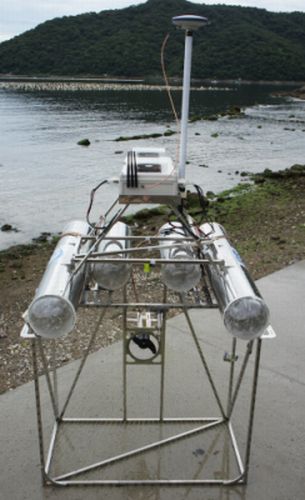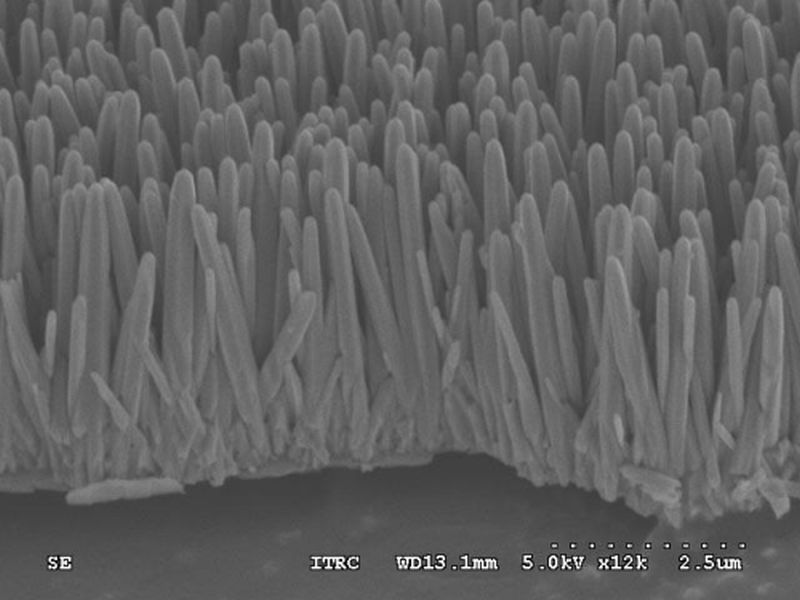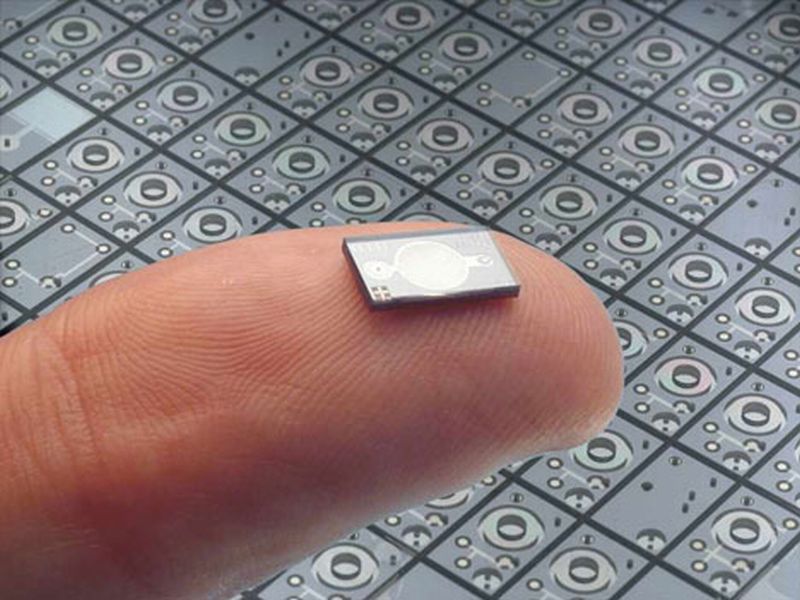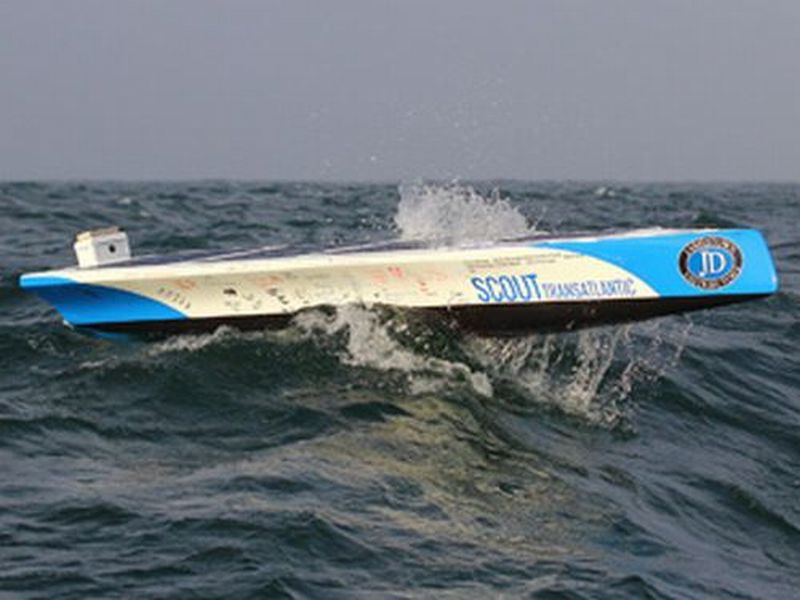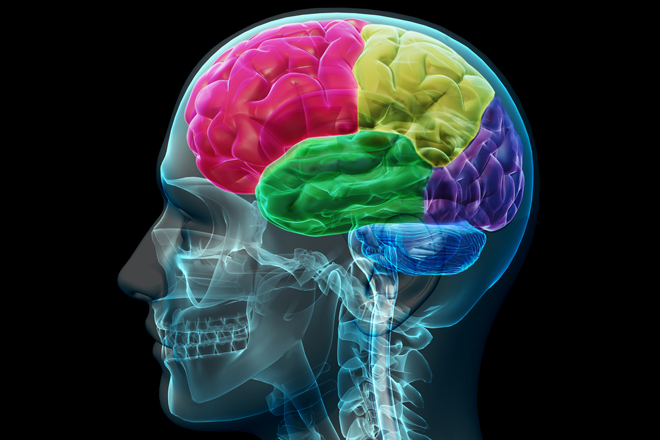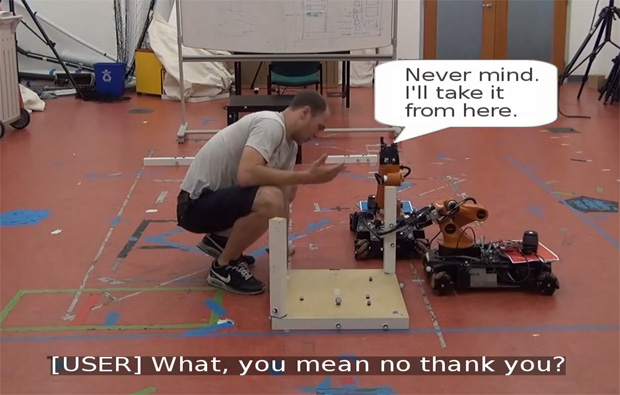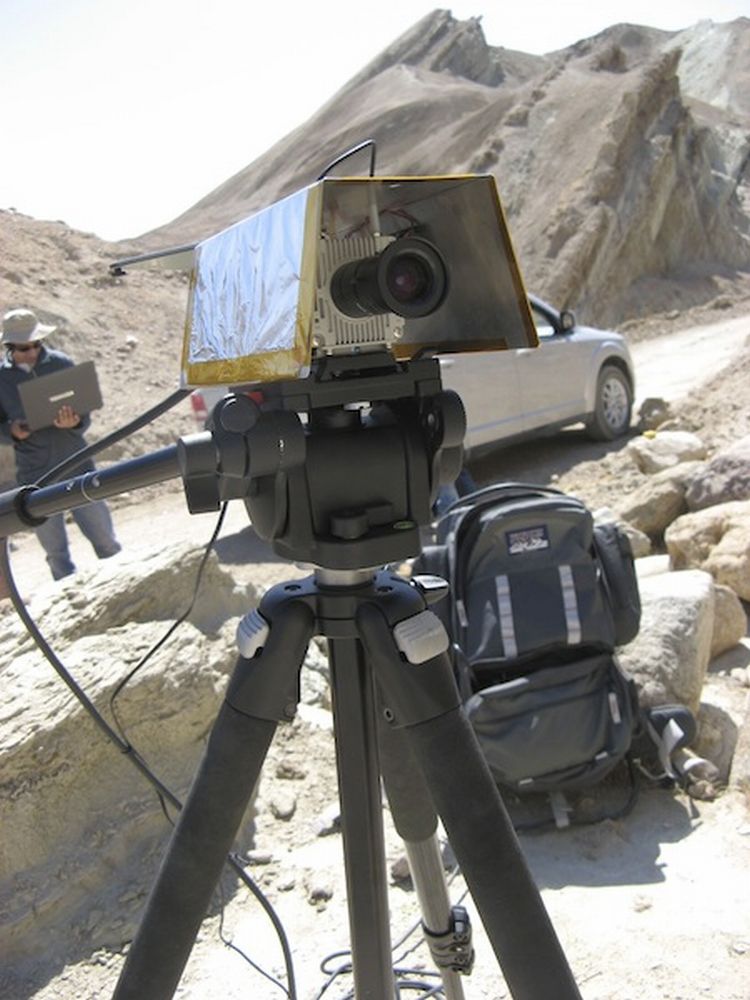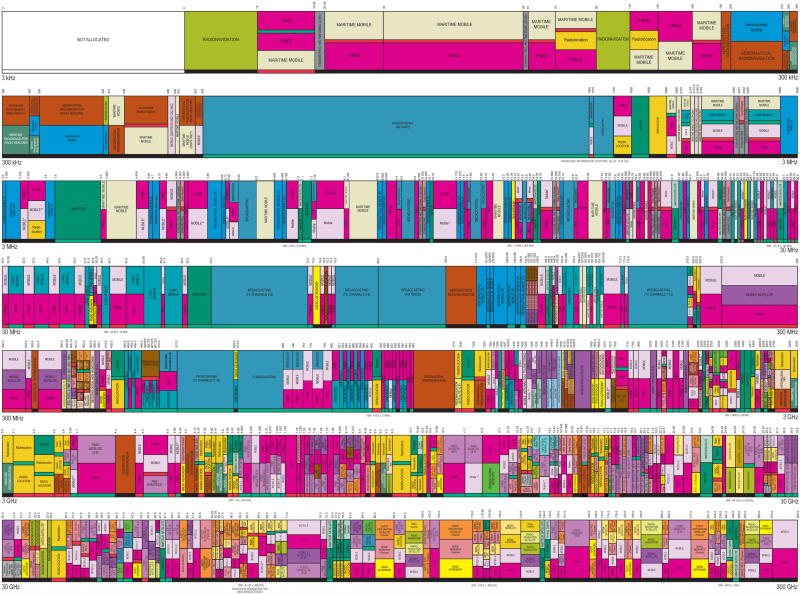South Korea is witnessing an upsurge of untold devastation in coastal areas some sea storm or Tsunami is not responsible for the havoc rather it is an offshoot of jellyfishes. Sounds like a great sci-fi movie but it is not the case. Jellyfish are threatening marine ecosystems and have already caused $300 million in damage and losses to fisheries, seaside power plants, and other ocean infrastructure. Invasion meltdown Large jellyfish swarms have been increased relatively throughout the world and are causing great disaster at the coastal areas. In order to…
Read MoreTag: research
Resurrection of Old CDs into Wastewater Treatment Technology
Researchers from National Taiwan University, National Applied Research Laboratories in Taiwan, and the Research Center for Applied Sciences in Taiwan have come up with an innovative idea of resurrecting the old CDs and giving them life by employing them in breaking down sewage. Instead of going into e-waste, the team has developed a very practical application of the obsolete thing. As per the stats, 20 billion compact disks are manufactured every year plus the extensive collection of people that has now superseded by the advent of MP3 files and iPods.…
Read MoreMEMS Can Be Used For Creating Seismic Network
Seismologists from Italy, Antonino D’Alessandro and Giuseppe D’Anna have postulated that small sensors that are employed for adjusting the screen orientation may assist in creating an urban seismic network. They compared LIS331DLH MEMS accelerometer installed in the iPhone with an earthquake sensor EpiSensor ES-T force. And concluded that MEMS accelerometers can identify earthquakes with magnitude 5 and above especially when located near the epicenter. What is MEMS? MEMS or the Micro-electromechanical Systems is one of those outstanding entity of the twenty first century technology that has seeped deep affecting the…
Read MoreScout: The First AUV Enduring Transatlantic Journey
In 2009, scientists from Rutgers University launched Scarlet Knight, the first autonomous underwater vehicle (AUV). It was more of an oceanographic glider spending major portion of its time under the waterbed. Thinking on the same lines but with an improved version, a team of young DIYers, have created a 12 feet long autonomous robotic boat called Scout to face the transatlantic journey. Unlike the Scarlet Knight, Scout would not be remotely controlled rather it would rely on its pre-programmed commands and information that it can collect about its environment through…
Read MoreEnd to Keywords Slavery: Hummingbird
Google has modified its search engine car with a brand new engine called Hummingbird. After the much-hyped Penguin, Panda and other updates, the big G made a huge leap with an altogether new search algo. As is the case with the secure search, Hummingbird too is created keeping in mind the users requirements. I feel Google is trying to become interactive with the users in helping them in landing on the exact location, which is defined by the search query.
Read MoreMathematical Obfuscation: A Trajectory In Cryptographic Research
Figuring out any computational system’s Achilles’ heel won’t be a trouble-free job as it might be before. Hackers are you listening! Period. Algorithms now are so progressive that deducing future trends is just a matter of few lines of codes. For instance, alogs can calculate which post might pull the maximum readership, on what topic one gets the highest number of tweets or how many times one scans own pic after uploading on facebook (this one’s for datasexuals).
Read MoreMars Exploration Via The Hopping Bots
After the robo snakes, the European Space Agency (ESA) has come up with their innovative idea of launching CO2 powered hopping rocketbots that’ll forage fuel from the Martian atmosphere. Power density has always played a major role in launching rockets especially when the chemical reactions take place. This is one of the reasons, why gasoline is employed in automobiles but the case is different with respect to rockets. While pushing satellites off from Earth, rockets require huge power, which sucks massive amount of fuel, and the same – although not…
Read MoreCarbon Nanotubes Now A Successor To Silicon Transistor
Carbon nanotubes, the exotic molecules are coming up as an alternative material to Silicon. In a major breakthrough, a group of Stanford engineers has fabricated a basic computer from carbon nanotubes, which they hope, run faster whilst consuming less energy. Researches from all across the world where working continuously to harness the promising material and finally they are able to see the results.
Read MoreThe Mental Workspace Discovered
Do you have a big imagination? Did you have an imaginary friend as a child? Or are you almost always daydreaming? If you ever wondered about where you get all those ideas/imagery from, then wonder no more. Your question has been recently answered by a group of scientists. In their paper, lead author Alex Schlegel and his colleagues explain that the previously theorized widespread neural network required for human imagination is actually real. Schlegel and his team found evidence for what they called a “mental workspace”. The study was done…
Read MoreRobots Will Now ‘Ask’ For Human Help
Finally, robots will be learning if not all at least some part of human language. Researchers at MIT are teaching robots to interact with humans in human language. Team at MIT taught a group of KUKA’s youBots to ask for help if they happen to face problems while building Ikea furniture. Once the bot determines failure of not completing the task or face some form of huddle which it think cannot pass, it would then call for request in a comprehensible manner.
Read MoreTextureCam, An Add-on For Bots In Decision Making
NASA’s Mars rover Curiosity is extraordinarily smart. Its autonomous navigation system includes driving, digging, shoveling, and even shooting lasers. However, the next gen bots are a step higher and are extremely tuned in. With their advanced computer and camera systems, they are able to identify locations and geographies that are interesting enough to yield important scientific discoveries. Self-autonomous robots and human machine interaction are one of the major areas, which are undergoing research in Robotics. And Curiosity includes both the paradigms. Human engineer at Jet Propulsion Laboratory (JPL) directs it…
Read MoreThe Human-Animal Bond: A Healing Power Revealed
Humans can be sorted into two categories; those who like animals, and those who don’t. For those who like them, animals could be of much more benefit than what was once known in the past. While animals were previously depended on for transportation, food, and the making of clothes, the human-animal bond has been given serious attention by scientists in the last 30 years, revealing a totally new perspective on how animals could be further used for our benefit. Apparently, there is much more to petting an animal than just…
Read MoreInternet Spectrum, Expediting Towards A Point Of Overcapacity
Devices have exceeded the number of people inhabiting on Earth. Everybody wants to stay connected in the virtual world with all the devices that they have. If the trend continuous and reaches the threshold of 50 billion, we would be left with no internet spectrum to connect with. Microsoft’s Stefan Weitz asserted that most devices and applications today use a single frequency. If we were to build mobile apps and devices that were ‘frequency intelligent,’ they could use Wi-Fi (2.4GHz and 5GHz), Bluetooth (2.4GHz) and a variety of cellular network…
Read MoreSocial Integration, A Part Of Healthy Society
A healthy society is one that not only allows, but also strives towards the integration of all constituent parts of it. It has been of note recently that more mainstream schools are accommodating to integrate children with special needs into their programmes. This is indeed a great step forward for any society. Such a move would instill the concept of social equality in children, as well as provide them with opportunities to learn from their differences. However, as with all new opportunities, comes a set of challenges and responsibilities. And…
Read MoreAfter Connecting Computers, Internet Might Connect Brains
Researchers at the University of Washington have come up with the first noninvasive human-to-human brain interface. With the help of electrical brain recordings, one researcher was able to control the hand movement of fellow researcher via internet. After the Duke University’s brain-to-brain interface allowing transmission of tactile and motor information between rats and Harvard University’s brain-to-brain interface, between human and a rat this happens to be the first demonstration of human-to-human brain interfacing.
Read More
